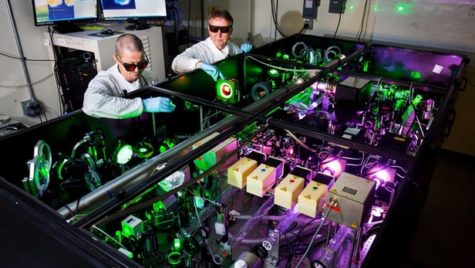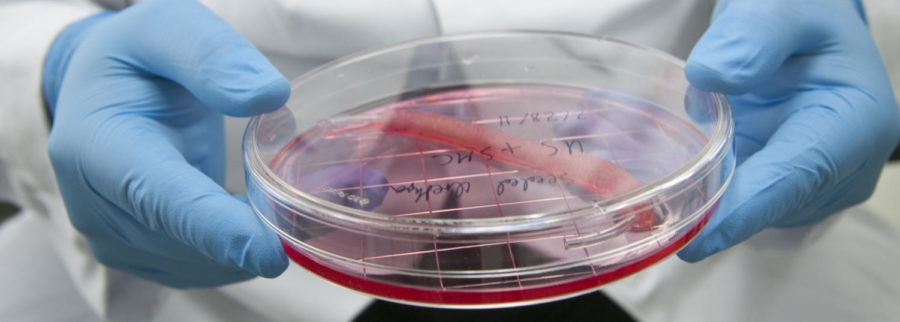College Advancements
Tamer AbouSchwareb, M.D., Ph.D., assistant professor,A pliable, mesh material is used as a scaffold — to support the cells as they grow and develop. Endothelial cells are obtained from a small sample of the patient’s bladder and then placed on what will be the inside of the urethra. The scaffold is sewn into a tubular shape. The plastic tube, which helps it maintain its shape, is removed before implantation. Smooth muscle cells, also obtained from the patient, are seeded on the exterior of the urethra scaffold cells from the patient are multiplied here for three to six weeks until there are enough to “seed” the scaffold.The seeded scaffold is ready for incubation. WFIRM, Regenerative Medicine, PTRP, Research Park
January 26, 2018
With college decisions looming around the corner, now is the time to think about what advancements colleges have made outside industries through research with students. This research has the possibility to have dramatic changes on the daily lives of everyone, everywhere. Here are a few examples of these projects:
Embry-Riddle Aeronautical University – Daytona Beach
Located in Florida, this is one of my top college choices. The college is focused primarily on engineering and sciences that relate to the field of aviation and space travel. They also offer one of the largest flight schools in the world. A main piece of research funded by the university is the first prototype of a hybrid-electric turboprop aircraft. This is so far one of the only designs that is simple as well as easy to work on. It has a flight time longer than similar electric prototypes and offers savings on cost, lesser noise, and greater reliability than a gas powered airplane.
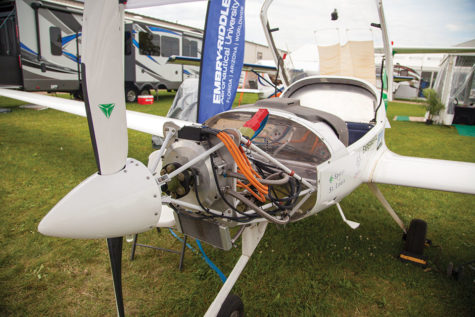

North Carolina State University
The NC State college of sciences has an important mission. One of its professors, Michael Bereman, has amyotrophic lateral sclerosis, more commonly known as ALS. Most people may remember it from a few years ago with the ALS ice bucket challenge. This condition affects almost 30,000 people every year, and its results can be deadly. To Michael, his research isn’t just personal, he wants to see the disease completely eradicated and is desperately searching for a cure. For now, ALS or Lou Gehrig’s disease is incurable. From the first sign of the disease the patient is expected to have from 3 to 5 years left to live. Michael Bereman’s first diagnosis occurred two years ago. Hopefully his research will provide a cure for this horrible disease in time to save him and those others affected by it.
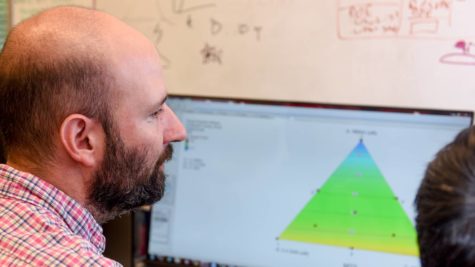
Wake Forest University
The Wake Forest Institute for Regenerative Medicine (WFIRM) has made a number of breakthroughs in stem cell research. Their goal is to use stem cells to create replacement “parts” for the human body, ranging from ears to entire organs like kidneys. This approach would eliminate the problem of faulty organs instead of using drugs to treat problems. The institute has used 3D printed scaffolds of items such as ears as a basis to grow the cells on so they will have a definite shape. The research is still in a developing phase, but the outlook for it is very optimistic.
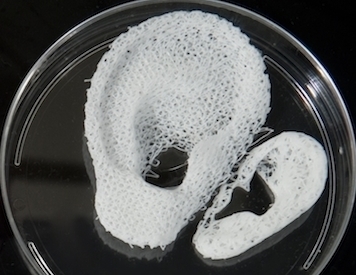
University of Michigan
The University of Michigan has a few distinct and important areas of research in engineering. These areas include robotics, microsensing, and ultrafast optical sensing. For robotics, the research centers on its practical uses, such as self-driving cars. The university already has multiple robot prototypes including gyroscopic stabled ones able to walk on two feet. In microsensing, the university designs small sensors able to run on very low power that could possibly be implanted inside the human body to monitor functions for those with medical risks. Compared to these, Optical sensing, however, is much more interesting. While it does not have many uses in the consumer market the University of Michigan owns the very powerful Hercules laser. This allows for ultra fast pulses of concentrated light to be used as a way of visualizing the fastest events at a molecular and atomic level. The laser holds the world record for the most powerful on-target laser focused intensity at 2×10^22watts per square centimeter. The university hopes that research with this laser will provide new advancements by discovering how to use x-rays to distinguish between soft and hard tissue, and to learn more about the bizarre happenings in the universe.
